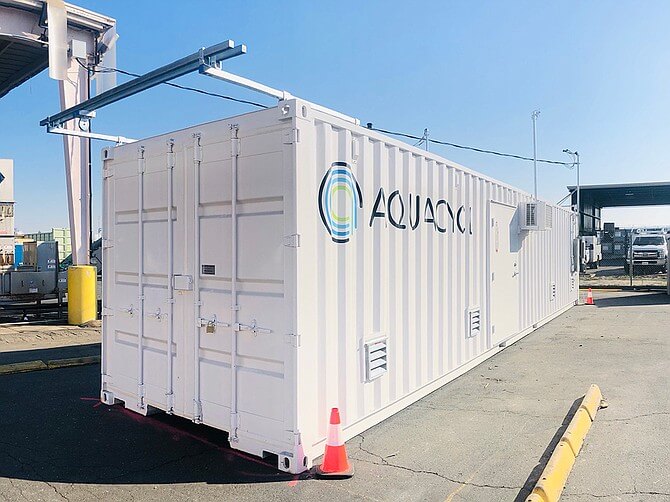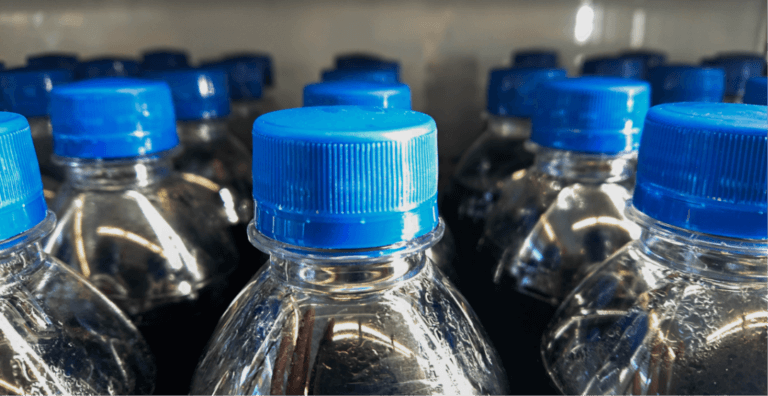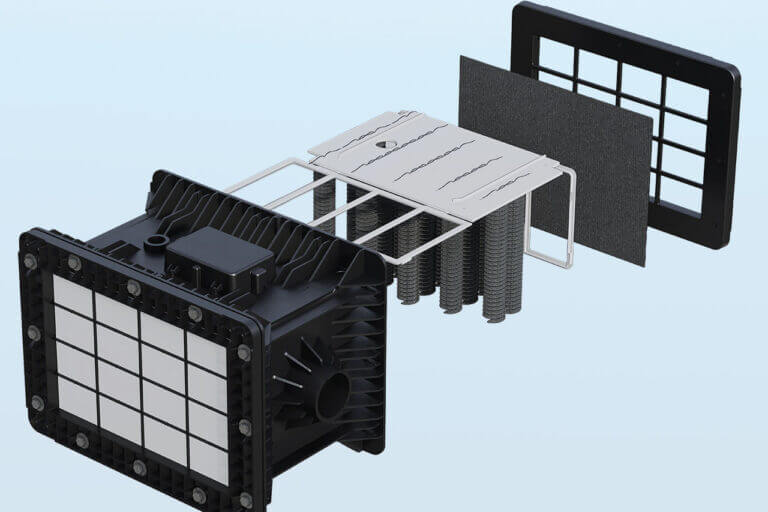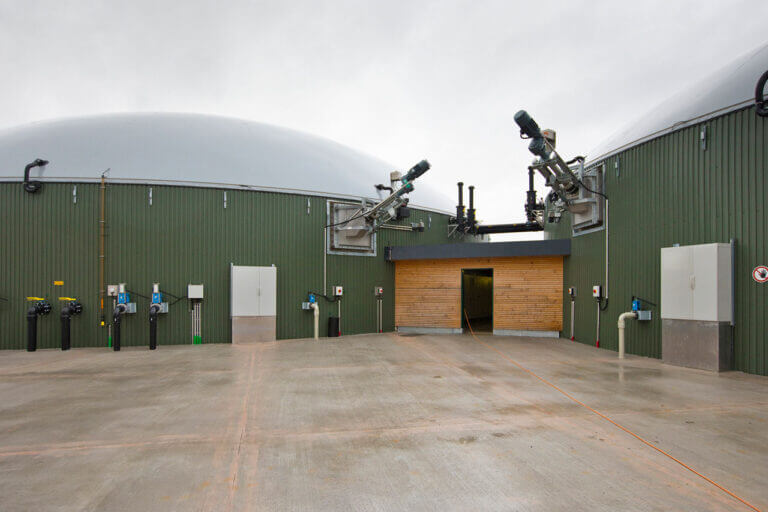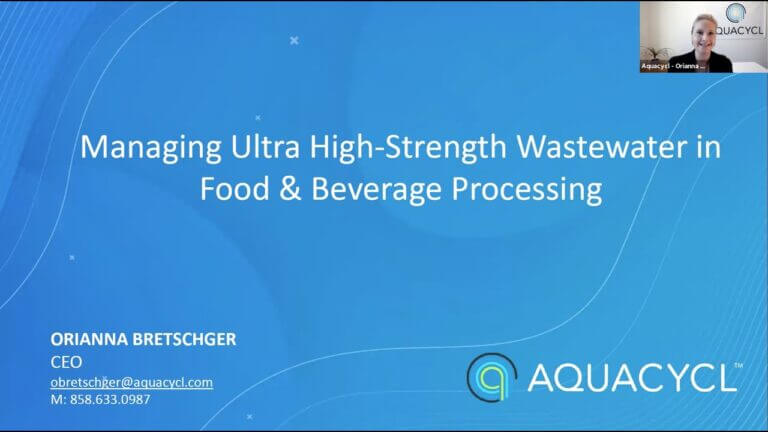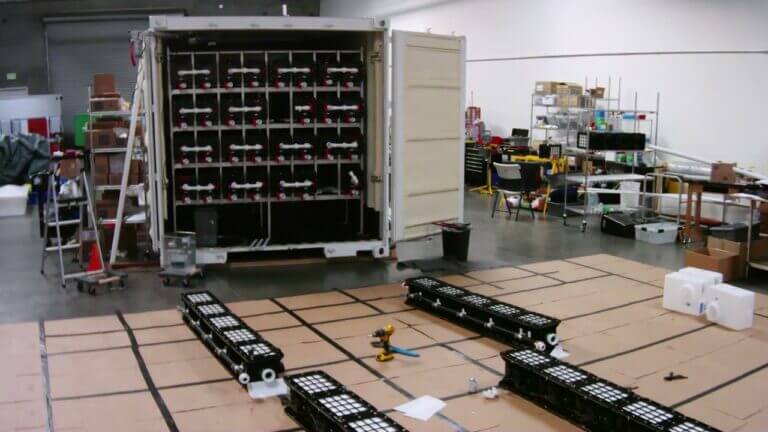Confectionery production is a delightful industry that brings joy to people through the creation of chocolates, sugar confections, and baked treats. However, behind the scenes, confectioners face unique challenges when it comes to confectionery wastewater management.
In this guide, we’ll explore the specific issues encountered by confectionery wastewater and provide effective solutions for responsible wastewater management for chocolate confectioners, sugar confectioners, and bakers.
Let’s dive in!
Challenges Confectioners Face in Their Wastewater Treatment
No matter what type of confectioner you are, the sugary streams that flow from your production processes will lend you to some challenges with your wastewater treatment. Since the majority of your wastewater is produced through cleaning procedures, the residue of the products you produce inevitably combine into this flow and alter the composition of your wastewater.
Here are some common challenges you may face:
1. High Organic Loads
The biggest issue confectioners face with their wastewater is the high sugar content which leads to high organic loads (measured as chemical and biological oxygen demand). Other ingredients, like fats and flours, also contribute to a high organic load. Conventional wastewater treatment plants can only handle up to a certain level of organic load otherwise you may face fines for anything above that level, therefore pretreatment of streams is often necessary for confectioners before discharging to your utility.
2. Variability in Composition and Volume
Producing different products at different times of the day or seasons affects your wastewater composition and volume produced, leading to fluctuations in pH, chemical oxygen demand (COD), and other parameters. These fluctuations can cause unpredictable utility costs and conventional treatment technologies are challenged by this variability, leading to potential failures of treatment systems that may take days to months to recover.
3. Presence of Additives and Colorants
Confectioners often use a variety of additives, colorants, and flavorings in their products, introducing additional chemicals into the wastewater. These compounds may require specific treatment methods to prevent their adverse effects on the environment. Oftentimes, utilities require pretreatment of these compounds, especially food coloring, before accepting your wastewater.
4. Compliance with Regulations
Like all wastewater producers, confectionery businesses must comply with environmental regulations regarding wastewater discharge. These regulations may be difficult to meet due to your unique wastewater composition, especially your organic load, which is often the most stringent measure. Adequate wastewater management is necessary to comply with regulations and avoid fines, legal repercussions, and damage to your company’s reputation.
Now, let’s discuss the specific challenges and solutions based on the type of product you produce as a chocolate confectioner, sugar confectioner, or baker.
Chocolate Confectioners
Chocolate confectioners have unique wastewater challenges due to their specialized ingredient: cocoa. The production of chocolate involves the processing of cocoa beans, resulting in high levels of fats and solids in the wastewater.
One of the primary concerns you face from this is the level of fats, oils, and grease (FOG) in your wastewater. Since FOG does not mix into the water, it can create blockages for the utility if high levels build up in sewer lines and treatment equipment, ultimately, causing you trouble. Chocolate confectioners may require pretreatment of wastewater to lower FOG levels prior to discharge.
Sugar Confectioners
As discussed, sugar poses a major challenge to wastewater treatment by increasing the organic load, primarily chemical oxygen demand (COD), in your effluent. The challenge is that most treatment technologies can only handle up to 50,000 mg/L COD yet COD concentrations can be 80,000 mg/L or higher for sugar confectioners. It’s necessary to implement a pretreatment system that can handle the high COD levels to avoid unnecessary fines or hauling costs.
Another, more unique, challenge sugar confectioners face with their wastewater is coloring and flavor additives. These additives, especially food coloring, can interfere with treatment systems and oftentimes are unable to be treated without a specialized system; discharging wastewater with these additives straight to utility can get you in trouble. We have found that different food colors require different removal techniques.
Bakers
Bakers have the added challenge of not only producing with cocoa and sugar ingredients, but also flour and fats, such as dairy, to create their sweet concoctions. Typically, bakery wastewater will have higher levels of total suspended solids (TSS) from their flour and dough residues that must be screened prior to discharge in order for your wastewater to even be accepted by the utility.
Your primary organic ingredients, sugar, oil, flour, grease and yeast, all result in wastewater that is also high in FOG and COD. Grease traps are a useful tool to implement in your kitchen drainage systems that can capture the fats and oils from your production line and prevent their entry into the sewer line, reducing its overall FOG levels. Larger production facilities may also consider a dissolved air floatation (DAF) technology after the grease traps.
Solutions for Confectionery Wastewater
Regardless of your type of confectionery and the unique challenges you face, implementing best wastewater management practices is essential for proper and sustainable wastewater management. Let’s go through some things to consider and implement to turn your confectionery wastewater challenges into opportunities for sustainable operations:
Regular Monitoring and Testing
Begin with understanding your unique wastewater composition by employing sensors directly to your waste stream. Consistent monitoring and testing of wastewater parameters are crucial for identifying issues early and ensuring compliance with environmental regulations.
Choosing the Right Treatment Method
As discussed above, discharging directly to utility will cause issues due to your wastewater’s unique composition. Once you have a comprehensive understanding of your wastewater, consider which treatment methods may serve best based on your composition, volume, and budget.
Offsite hauling of your wastewater may not be sustainable for long-term growth and poses risks such as spills, production shutdowns, and increased emissions. When considering onsite wastewater treatment, conventional technologies may not be able to meet all your needs and may require a combination of physical, chemical and biological methods.
Using a Stream Separation Approach
One of the best techniques you can implement to your confectionery wastewater management is a process water separation approach. Also known as side streaming, this technique involves separating the highest-organic concentrations, most challenging waste streams, and treating them prior to combining with the full flow and discharging to utility.
Since most of your challenging wastewater is produced from cleaning procedures, collecting this the first rinses from clean-in-place processes, or other equipment cleaning processes, can lead to massive savings for your confectionery, here’s a great guide to get you started.
Water Conservation
As a water-intensive industry, finding ways to lower your water usage is imperative for sustainable operations. Reducing inefficiencies in your cleaning practices, understanding where your wastewater is generated, and implementing a wastewater treatment system that enables water reuse can help you conserve water. However, it is important to note that using less water has the direct consequence of increasing the concentration of organics in the wastewater you generate.
Aquacycl’s Tailored Approach
All the management practices above may seem dauting, your job is to create sweet treats after all, not to wrap your brain around the complexities of wastewater management. That’s why I want to present you with Aquacycl’s tailored approach.
We treat the highest-strength wastewater right at the source by helping you with stream separation and onsite treatment with a modular, low footprint system built to handle your unique wastewater composition and volume. The challenges above, from variability to food coloring, can be handled with our system because it is meant to treat the toughest wastewater. Plus, by providing wastewater treatment as a service, it means you can focus on your confection while we ensure you meet compliance.
With this guide, you’re well on your way to building a robust wastewater management plan that can handle your unique confectionery wastewater challenges. To discuss treatment solutions that are cost effective, sustainable, and enable water reuse, talk with our wastewater experts.




